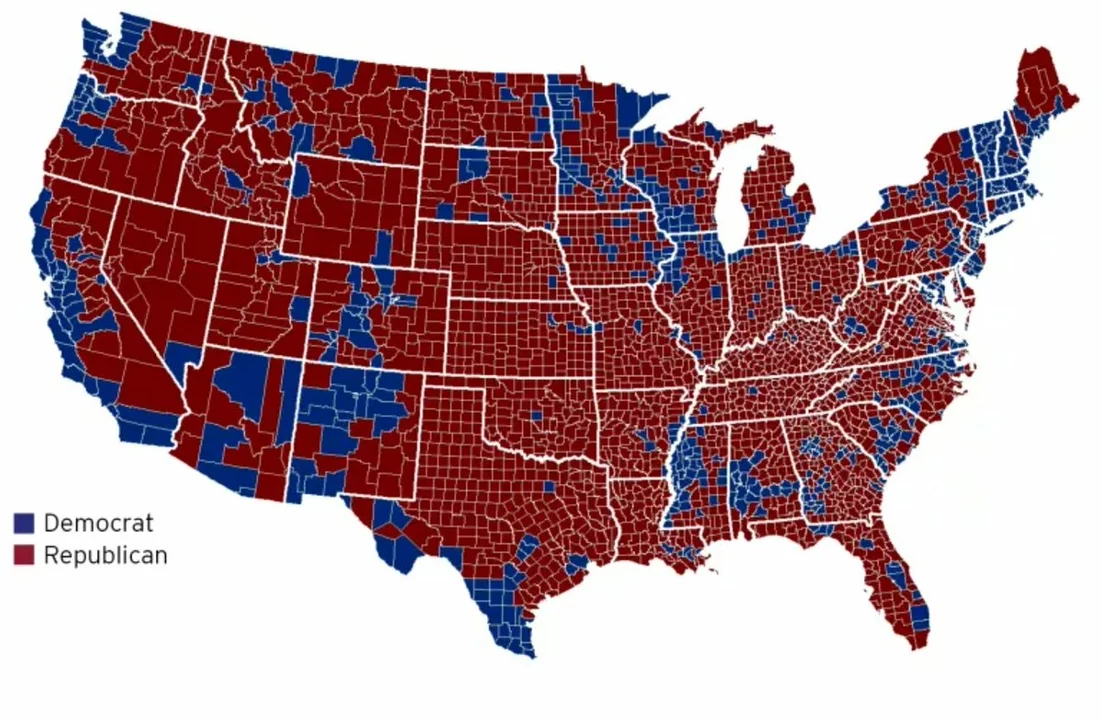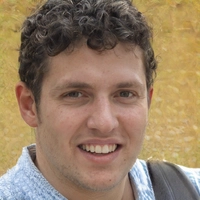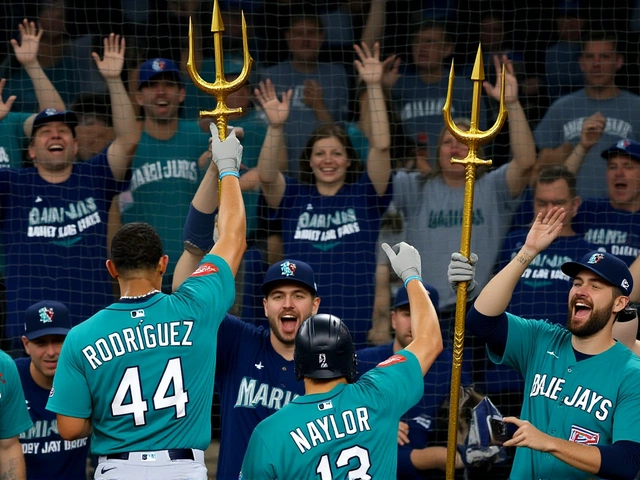Historical Context of Washington D.C.
Before delving into the reasons why Washington D.C. has so few Republican residents, it's crucial to understand the historical context of the area. The District of Columbia was established in 1790 as the seat of the United States government. Since then, it has been the epicenter of politics and policy-making in the country. As such, the political leanings of its residents have always had a significant impact on the city's culture and demographics.
Over the years, the district has become known as a predominantly Democratic area, with Democratic voters outnumbering Republican voters by a considerable margin. This has led to a unique political landscape in the city, one that is distinctly different from other urban centers in the United States. But what factors have contributed to this trend? Let's explore some of the key reasons behind Washington D.C.'s lack of Republican residents.
Demographics and Voting Patterns
One of the primary reasons why there are so few Republicans living in Washington D.C. comes down to the city's demographics. The district has a diverse population, with a large percentage of African-American and Hispanic residents. Historically, these demographic groups have tended to vote Democratic, leading to a significant tilt in the city's political makeup.
In addition to the influence of racial and ethnic demographics, the city's population is also highly educated, with a significant number of residents holding advanced degrees. Research has shown that individuals with higher levels of education tend to lean more liberal in their political beliefs, further contributing to the city's Democratic leanings.
Lastly, the city's population also includes a large number of federal employees, many of whom work in agencies and departments that are traditionally associated with Democratic policies and agendas. This, combined with the other demographic factors, has led to a strong Democratic presence in the city.
Urban vs. Rural Divide
Another important factor contributing to the low number of Republican residents in Washington D.C. is the broader trend of urban areas leaning Democratic and rural areas leaning Republican. This urban-rural divide is not unique to the district; it is a phenomenon observed across the United States.
Cities tend to be more diverse, liberal, and populated by younger people, all of which are factors that correlate with Democratic voting patterns. In contrast, rural areas are often more homogenous, conservative, and have an older population, which tends to align more with Republican values.
As the capital city of the United States and a major urban center, Washington D.C. naturally falls into the category of cities that lean Democratic, further explaining the scarcity of Republican residents.
Historic African-American Population
For much of the 20th century, Washington D.C. was known as the "Chocolate City" due to its large African-American population. African-Americans have long been a significant part of the city's history, and their political leanings have played a major role in the district's overall political makeup.
Since the mid-20th century, African-Americans have overwhelmingly supported Democratic candidates and policies, and this trend has continued to the present day. As a result, the historic African-American population in Washington D.C. has been a major factor in the city's Democratic leanings and the low number of Republican residents.
Gentrification and its Impact on Politics
Over the past few decades, Washington D.C. has experienced significant gentrification, with wealthier, predominantly white residents moving into neighborhoods that were once predominantly African-American. While this shift in demographics may have altered the city's racial makeup, it has not necessarily led to an increase in Republican residents.
Many of the newcomers to the city are young professionals who are attracted to the district's thriving job market and vibrant urban culture. These individuals often hold liberal political views, further reinforcing the city's Democratic leanings. Additionally, the gentrification process has led to increased political activism among long-time residents, who often align with Democratic policies on issues such as affordable housing and social justice.
The Role of Gerrymandering
While the demographics and urban-rural divide certainly play a significant role in Washington D.C.'s lack of Republican residents, it's also important to consider the impact of gerrymandering on the city's political landscape. Gerrymandering is the practice of manipulating electoral district boundaries in order to favor one party over another.
Although the district itself is not subject to gerrymandering, as it has no voting representation in Congress, the surrounding areas in Maryland and Virginia have been heavily gerrymandered, which can indirectly impact the city's political makeup. This has resulted in the dilution of Republican-leaning areas and the entrenchment of Democratic power in the region as a whole, further contributing to the scarcity of Republican residents in the city.
Conclusion: A Unique Political Landscape
In conclusion, there are several factors that have contributed to the low number of Republican residents in Washington D.C. The city's diverse demographics, the urban-rural divide, the historic African-American population, gentrification, and the impact of gerrymandering in the region all play a role in creating a unique political landscape that heavily leans Democratic. While it's unlikely that this trend will change dramatically in the near future, it's important to recognize and understand the factors that have shaped the city's political makeup and continue to influence its residents' political beliefs and affiliations.






